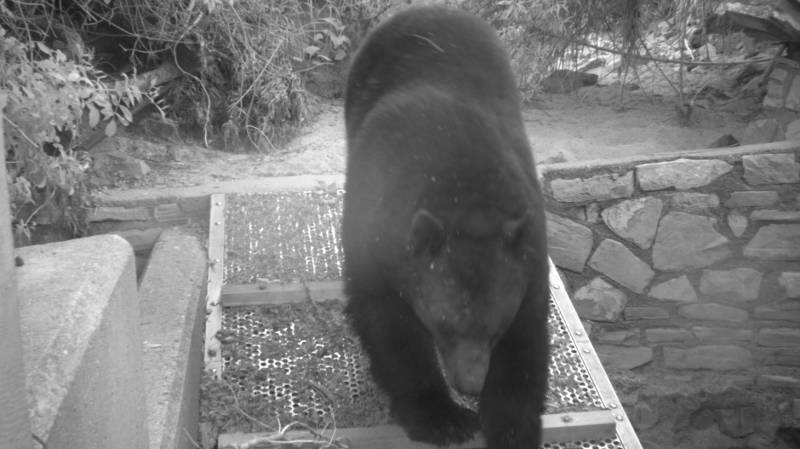Here are the morning’s top stories on Friday, May 9, 2025…
- Roads are designed to connect people, but they often isolate wildlife. That’s why Caltrans, the National Park Service, and other government and non-government agencies seek to change the age-old definition of what roads are for: serving not just humans, but every living thing trying to get from place to place.
- The slow sinking of the nation’s biggest metropolitan areas — including parts of San Francisco — poses a growing hazard with vast socioeconomic consequences, researchers said in a new study.
Animal Crossing: Wildlife Use Secret Passageways to Safely Cut Through Roads
Los Angeles County’s Annenberg Wildlife Crossing is a 90-million-dollar bridge that is now under construction. It’s designed to connect green spaces between a freeway so animals can cross safely. But animals don’t need these kinds of crossings to be so expensive and fancy. There are smaller and cheaper ways to cross the road.
For example, under five bridges along Highway 118, there are some additions to structures that were originally built in the early half of the 20th century. They’re simple ramps and fences created to be used by wildlife. These particular modifications represent an effort by Caltrans, the National Park Service, and other government and non-government agencies to protect wildlife and help them safely cross roads.
The state has really only prioritized linking habitats for the last 20 or 30 years. It was 2022 before California finally passed a law requiring Caltrans to include wildlife connectivity in its planning.
“We completely dissected the landscape across Southern California, and really across most of the U.S.,” says Justin Brown, a biologist for the National Parks Service who conducted road surveys along Highway 118 — counting roadkill and using trail cameras to see how animals were crossing the road.

